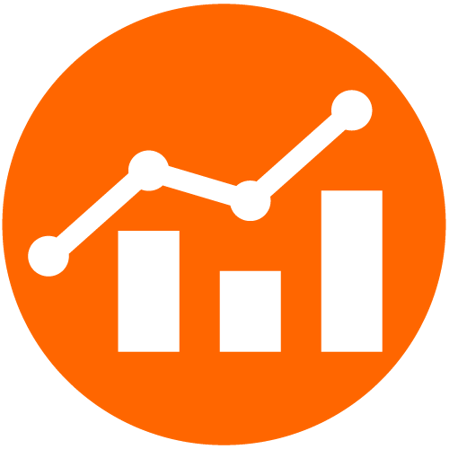
When it comes to data, educators are storytellers. That’s not to say that teachers and principals “make-up” stories or tell “tall-tales” about data. Rather, educators often formulate and construct their knowledge about students and the related data in terms of stories. These data stories have all the hallmarks of any other story: main characters, plot, conflict, and setting. The main characters are students, the plot is their pathway to knowledge, the conflict is their struggle to learn, and the settings are the homes, classrooms, playgrounds, and schools where learning takes place.
Let’s look at an example of a data story:
Recently, I met with the principal of a local elementary school to discuss transitioning from traditional classroom models to blended classroom models. As part of our conversation, I asked the principal about his practices surrounding data collection and analysis. This particular principal used every square inch of his office walls to construct what he called, “data walls.” Each and every one of his students were represented on his data wall via post-it notes, and the wall itself was divided into grids that allowed him to track students as they progressed on benchmark exams.
As part of his analysis of benchmark data, he grouped students who were the “biggest achievers” as well as those who were “in need of extra attention.” When the principal described these students, he described them in terms of their story. He named them by name and reflected on all of the environmental factors, instructional decisions, and educational resources that led to their progress or, in some cases, lack thereof.
One story this principal told me was about a young student by the name of Marcela (to protect the student’s identify, I’ve made up a name). The principal identified Marcela as one of his “biggest leapers” in that she leapt from a “below basic” to an “advanced” mastery score in one school year. Marcela, the principal explained to me, came to his school as a third-grader and she was an English language learner (ELL). Marcela had difficulties mastering critical reading skills, which, he believed, negatively impacted her ability to perform well on the first benchmark exam (on which she scored below basic on both ELA and Mathematics). Marcela’s teacher decided to restructure her instructional model and placed Marcela and several of her peers in small group activities where they could focus intensely on reading and language practice. Marcela benefited from the differentiated instruction, and she scored in the proficient to advanced range in both ELA and Mathematics on the spring benchmark exam.
The principal noted that Marcela had a younger sister who was a first grader and appeared to be having some of the same difficulties as Marcela. The principal surmised that Marcela and her sister probably did not practice speaking and writing in English at home, and perhaps that’s why they were also both very shy and quiet in class. In his mind, they just “needed a little more time and individual attention.” Maybe, he thought, what worked for Marcela, would also work for her sister.
He then arranged for Marcela’s teacher to give a presentation on her strategies for facilitating language learning to the other teachers in the school. He especially encouraged the first grade teacher to adopt these strategies.
Just like any good story, the story of Marcela has a central lesson – the data – a lesson that this principal and his teachers were able to act upon in a real way to the benefit of their students.
A quick survey of articles about modern trends in the use of educational technology in schools, would surely reveal that terms such as "blended learning" are nearly always closely followed with references to "data driven instruction" and "data driven decision making (“DDDM”)."
On the one hand, this correspondence between blended learning and DDDM is natural and straightforward; more students using more technologies in the classroom inherently yields more data points about students. .
On the other hand, the discussion about DDDM revolves primarily around big data, and doesn’t discuss the connection between quantitative, performance-related data and the qualitative data, the student’s story. The anecdote about Marcela illustrates that the “data” that drove the instructional decision was not driven by numbers alone, but by the combination of metrics and personal observation.
While obvious, but not often explicitly stated, educator observations are critical in tailoring instruction. In the words of one client, "It isn't the assessments or quizzes that drive instruction, it is the day-to-day interactions and observations that drive my instruction."
By focusing so much attention on big data and learning analytics, I wonder if we may lose sight of the importance of these first hand observations. As we continue to leverage the power of technology and real-time data to deliver individualized learning experiences I believe it is equally important for educators to focus on the full spectrum of “data” – the analytics and the anecdotal – and the stories that the information tells us.



